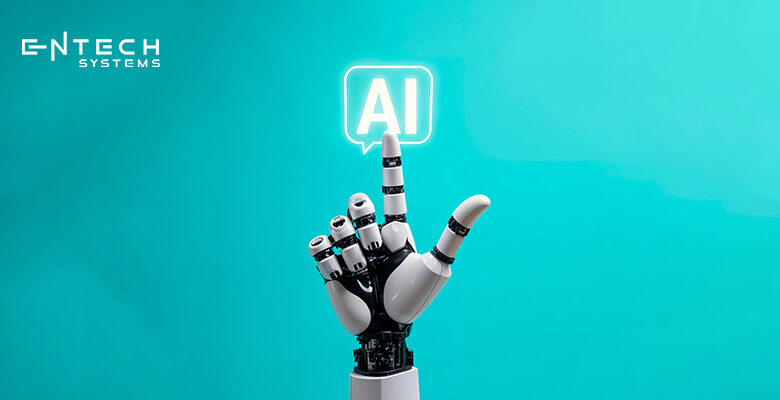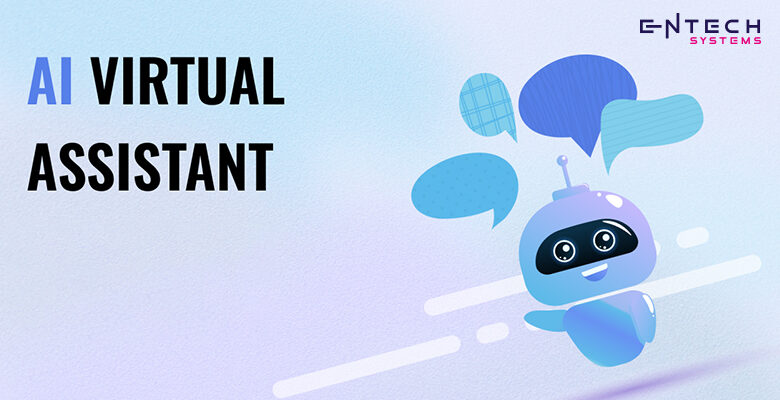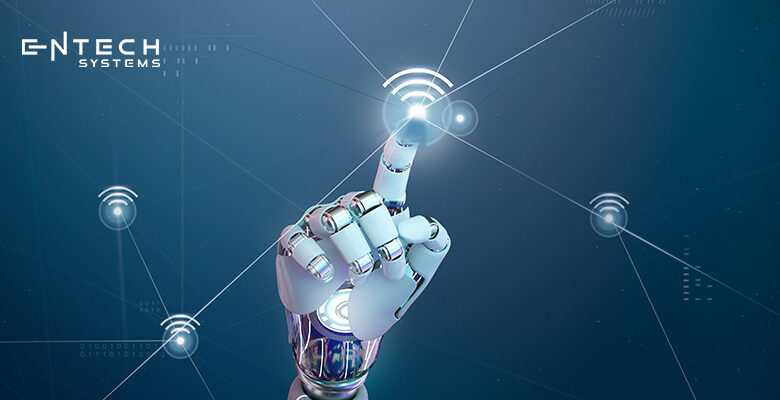Navigating IT Challenges in the Hybrid Workplace
Employees are hybrid workers splitting time between home and the office. This encourages flexibility and productivity. However, with these payoffs come new challenges in IT. Companies require that any such challenges be dealt with to secure smooth work processes, data security, and teamwork. 1. Securing the Dispersed Workforce Cybersecurity is a major challenge in hybrid workspaces. In traditional offices, companies could monitor devices on a single network. Now, employees work from many places. They use different internet connections and personal devices. This increases risks. Security endpoint upgrades for IT teams. This would include multi-factor authentication and zero-trust security models. Employees utilising virtual private networks (VPNs) for all should also update their software. Cybersecurity training should happen regularly to create awareness around phishing, data breaches, and other best practices. 2. Connectivity: Being Consistent In a hybrid working environment, access to systems and data must be seamless. Employees off-site should have the same access levels as those in the office. But this could lead to issues around differing internet speeds, devices being used, as well as access rights. Cloud platforms like Microsoft 365 and Google Workspace help fill these gaps. Other tools such as Asana, Trello, and Slack do too. They centralise data, tasks, and communications for teams, no matter where they are. Remote desktops and cloud storage services must be provided by IT. They should conform to the performance and security standards that the organisation requires. 3. Device Management Support and Standardisation Hybrid work has led to more devices being connected to corporate networks. Many employees are using personal laptops, tablets, or phones alongside company-issued devices. This creates obstacles with software compatibility and patch management which raises security issues. IT teams need MDM and unified endpoint management tools) to help them by enabling remote monitoring, management, and updating of devices. Standardisation in hardware and software simplifies IT support and improves compliance with security measures. It may reduce the time taken for IT support response. 4. Providing Timely IT Support Hybrid employees expect quick IT support, regardless of their location. The traditional help desk needs to change. It should move to virtual support. This includes live chats, video troubleshooting, and remote assistance. Automated ticket systems, self-help knowledge bases, and AI support bots can respond faster. They also help solve common problems. For complex problems, IT teams can set up virtual support sessions. This lets them fix problems without needing to access users or their machines directly. 5. Enabling Collaboration and Communication Ensuring consistent communication for geographically distributed teams is challenging. In-office employees enjoy spontaneous chats, but remote workers often miss key information. Unified communication platforms, video conferencing tools, and collaborative workspaces can close this gap. IT leaders should provide these tools while ensuring security, compliance, and usability. Training employees on digital tools helps boost collaboration. Promoting inclusivity in meetings is also key. Closing communication gaps will make teamwork even better. 6. Data Compliance and Governance Accessing and sharing data from various locations complicates maintaining data integrity and compliance. Organisations must follow strict rules based on their industry. Examples include GDPR, HIPAA, and ISO/IEC 27001. Automated governance tools handle document version control. They also manage access control and log activities for audits. Clear communication of data policies and retention needs is essential. Conclusion The hybrid workplace is here to stay, along with its IT challenges. Companies can succeed by: Updating IT systems Investing in the right tools Focusing on security and support Creating a flexible, secure digital space will empower teams and future-proof operations.












